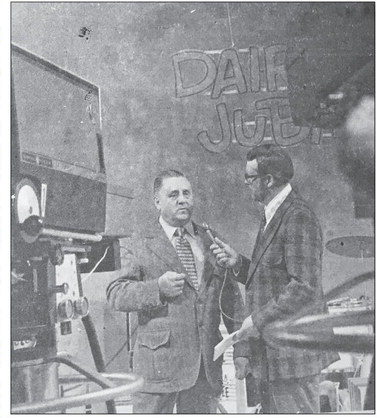A half-century of history


Abby’s ‘most unusual and colorful’ event
When promoting a brand-new event, it never hurts to employ some eye-catching adjectives.


Abby’s ‘most unusual and colorful’ event
When promoting a brand-new event, it never hurts to employ some eye-catching adjectives.